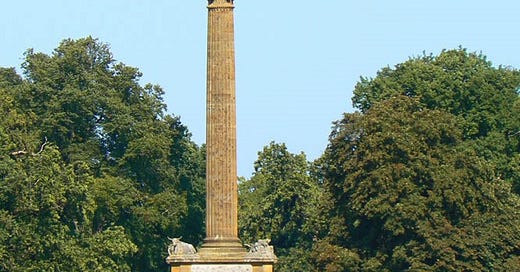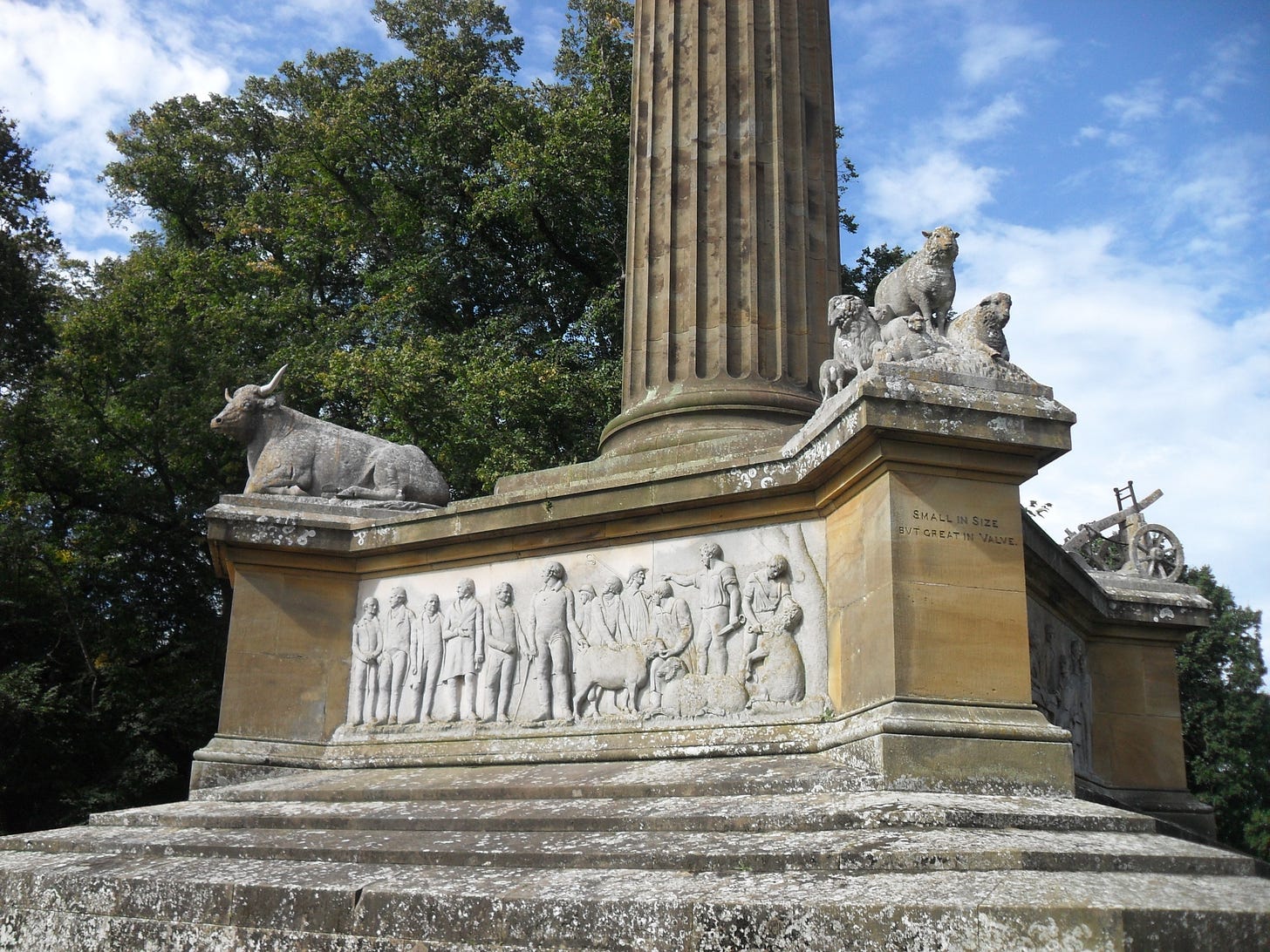NORFOLK’S Holkham Hall and the park that it’s great house stands in demands exploration. After all, who could possibly resist the temptation to enter a place that was once considered so important that all 3,000 acres of it were surrounded by a brick wall of some nine miles in length, a foreboding edifice that was built, at the expense of many aching backs and dodgy knees, by a veritable army of hardy labourers from 1833 through to 1839.
That brick wall became a constant source of amusement in my family for, whenever we happened to pass it in my Dad’s car, he would always come out with the same line.
“That wall is so long, you can see it from space”.
My reaction to that was always one of disdain, a contemptuous snort followed by his immediately being corrected. Bear in mind that I was, at this time, about 14 or 15 and as precocious as you like.
“Don’t be ridiculous Dad, there are no man-made structures that can be seen from space. Not even the Great Wall of China, let alone this one”.
I mellowed in my later years however and would express astonishment at the fact rather than reacting with spoilt teenage disgust.
That wall was initially built of course to keep the likes of it’s builders (as well as people like you and me) most firmly and definitely out of all the wonders that laid within. And no wonder, for the treasures that lurked within the wall included the grandiose Holkham Hall itself, as fine an example of the Palladian, a European style of architecture derived from and inspired by Andrea Palladio, a sixteenth century Venetian, style as you will find anywhere.
And eye catching it most certainly is. But you just wait until you go inside. ‘Oh mio Dio’, as Palladio himself might well have said.
But what is the point of having a wonderful house and equally spectacular grounds to go with it if you can’t scatter the latter with a few eye catching fripperies to accompany them? The grounds of Holkham Hall has many, one of which is the parks monument.
It doesn’t, at first glance, seem all that visually removed from its more famous half cousin in London, that which was erected 202 feet from where the Great Fire of London is said to have begun and which, in a pleasing nod towards symmetry, stands at 202 feet high.
THE MONUMENT IN THE GROUNDS OF HOLKHAM HALL
Similar? Well, yes and no. London’s monument is a Doric column whereas the one here at Holkham is Corinthian column, another of the three principal classical orders of ancient Greek and Roman architecture of which all things Doric are also founder members.
I’ve visited both. But, despite the location of London’s as well as its scale and historical significance, if we are going to talk columns, Corinthian, Doric or otherwise, then I’d plump for Holkham’s every time. It just looks so incongruous, soaring, as it does into the (usually) clear blue skies of what is, to all extents and purposes, a back garden in rural Norfolk. A rather large back garden, I’ll give you that. But a garden all the same. Somewhere you might expect to see a nice tract of lawn, a rose garden or two, a herb garden and even, at a push, an Orangery.
But a 124 foot high Corinthian column? That takes a lot of je ne sais quoi. And then some. But there is, as you would expect at such a place, a very good reason indeed that it is there.
It was designed by the early 19th century English architect William Donthorne and paid for by public subscription. The column is topped with a wheat sheaf whilst the square plinth at its base is decorated with panels and carvings that depict various aspects of Coke’s contribution to agriculture including seed drilling, an irrigation scheme and a Holkham sheep shearing event in progress, an annual event at the estate that, popularity wise, was on a par with today’s Glastonbury festival.
WOULD JETHRO TULL HAVE ATTENDED HOLKHAM’S GLASTONBURY’ESQUE SHEEP SHEARING FESTIVAL?
Coke was the proverbial big noise in agriculture at the time, a mover and shaker whose ideas and techniques in the industry reached far beyond Holkham, Norfolk and even Great Britain as a whole. The only surprise, therefore, about his monument at Holkham is not, as might be first assumed, that it is there in the first place but that it doesn’t have at least the same fame and prominence as that which was erected in memory of London’s Great Fire.
A worthy tribute. But you can’t help thinking he deserves more.





